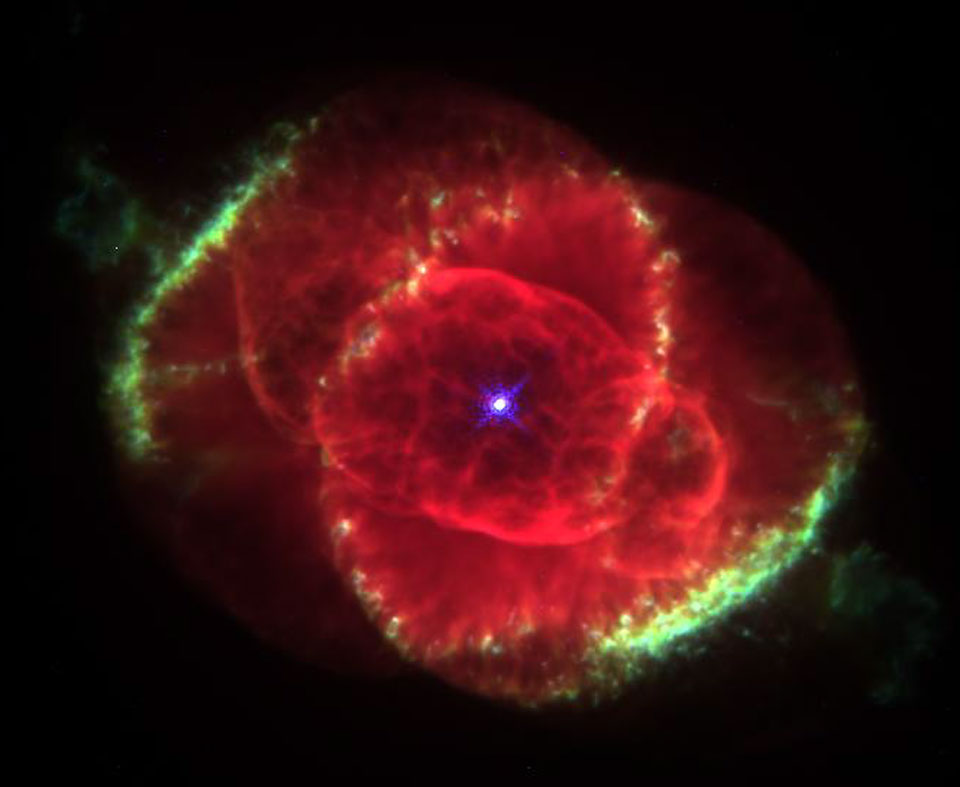Contributors and their contributions:
Nicolaus Copernicus: Proved Earth does not have to be the geometric center of the systrem for the heavens to move as they do. He initiated the revolution but was not able to contribute much more and submit irrefutable evidence to prove that his competition, Ptolemy, was incorrect. He had the heliocentric model which did later prove to be correct, although not proven in his lifetime.
Tycho Brache: He proposed a system, the Tychonic system, that was a compromise between the geocentric and heliocentric theories. It showed that the objects in the heavens were mathematical devices rather than just objects floating in space. He also made many observations that paved the way for Johannes Kepler to become successful with his laws of planetary motion. The great comet of 1577 was a big help to his work and helped proved his theories.
Johannes Kepler: This was a modern model of the heliocentric model proposed by Copernicus. Copernicus formulated the model making the orbits around the sun circles, which was inaccurate. Kepler made the orbits ellipses rather than circles, and his theory is mostly accurate today. He was greatly helped by Brahe's observations, they permitted his success.
Galileo Galilei: Being the first to use a telescope he backed up Kepler's model by observing the phases of Venus and also the moons of Jupiter. He also wrote a defense of the heliocentric model, leading to his trial. His use of telescopes made his observations possible and then backed up the valid theory. He was later put under house arrest for his work but continued supporting the model.
Isaac Newton: One to finish the Copernican Revolution, although that is argued by some. His "Mathematical Principles of Natural Philosophy" shows how gravity is able to keep all the planets in their orbits. This supported all the theories, it was the evidence needed to push the model foward and make it the scientifically recognized model of the solar system. He also expanded on Kepler's findings, using gravity to perfect the calculations of the orbits, and the model.


